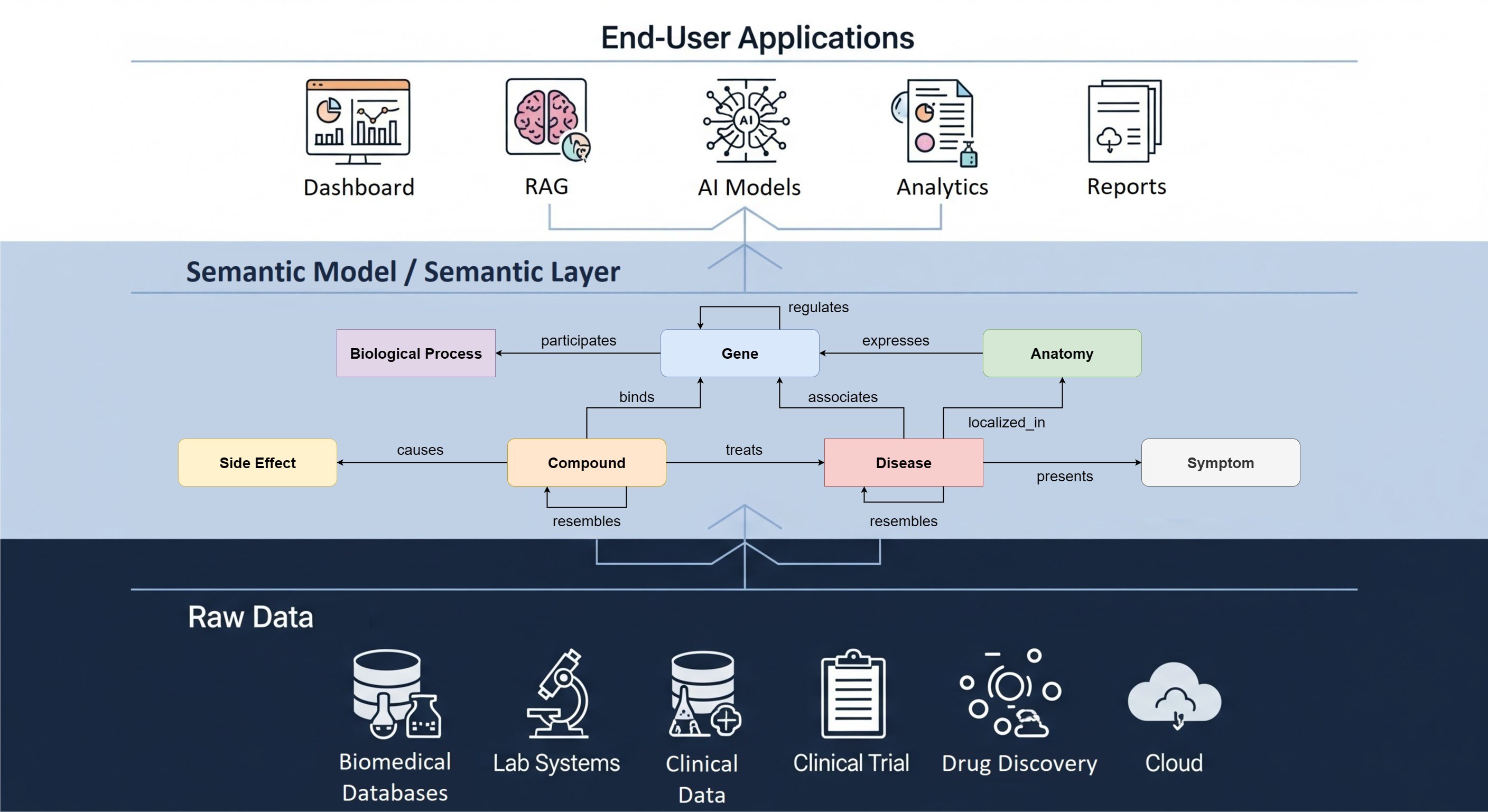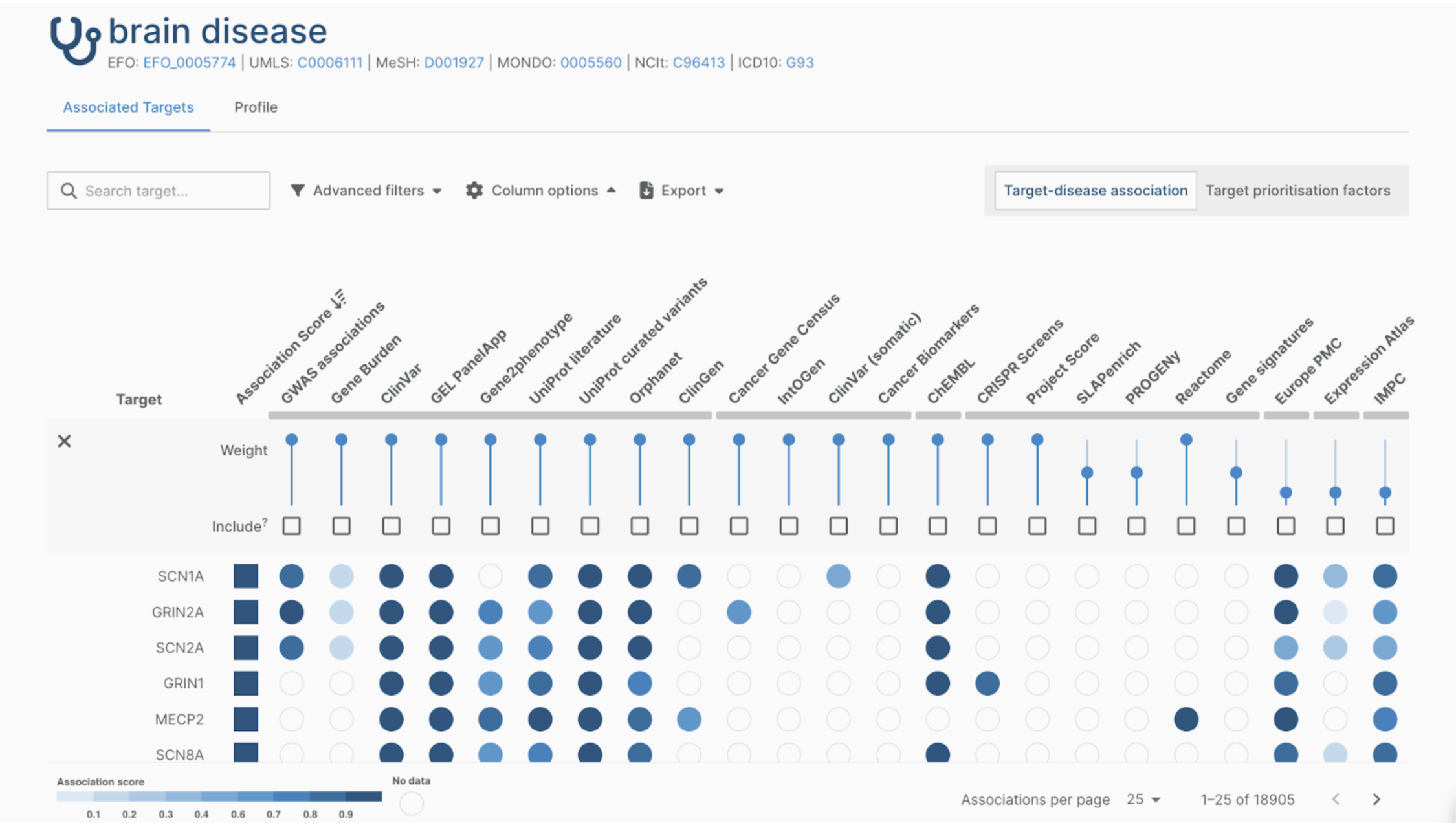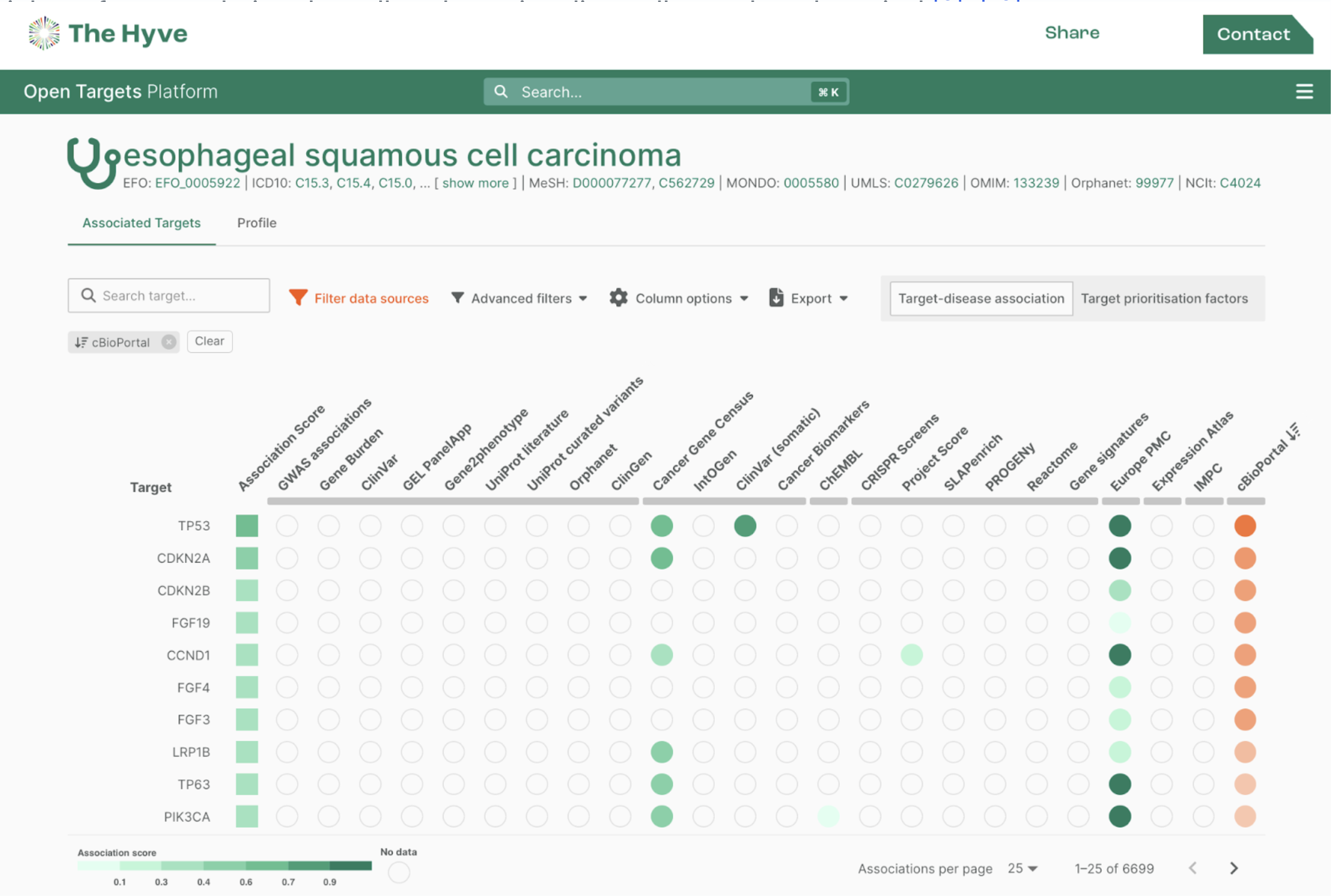
We are proud to present our FAIRplus recipe on how to make published observational research data more FAIR. The recipe describes the work we did on making data on the website of the Covid-19 EHDEN/OHDSI studyathon, held in March 2020, more findable and interoperable.
The recipe clarifies that simply putting research data on a website makes it more findable for humans. However, search engines such as Google dataset search need more information for the data to be findable. You need to add structured metadata to the back-end of the web page to make them findable.
For the Covid-19 studyathon, this meant creating a semantic model for the metadata. Some entities were already present on Schema.org, but some concepts commonly used in describing observational medical data represented in OMOP were not, such as database characteristics and population size. Therefore, we created an extension of Schema.org to capture the OHDSI and clinical data-specific metadata.
In the recipe, three major FAIR initiatives come together in which the Hyve is involved:
EHDEN/OHDSI’s Covid-19 studyathon
FAIRplus’ Cookbook
Pistoia Alliance’s FAIR toolkit
The new recipe is a follow-up of this use case detailing work we did for the Pistoia Alliance FAIR toolkit.
If you are interested in learning how to make medical studies and databases shared on the internet more findable and interoperable, just read the new recipe and try it for yourself.



